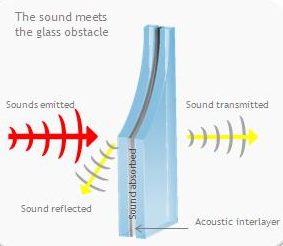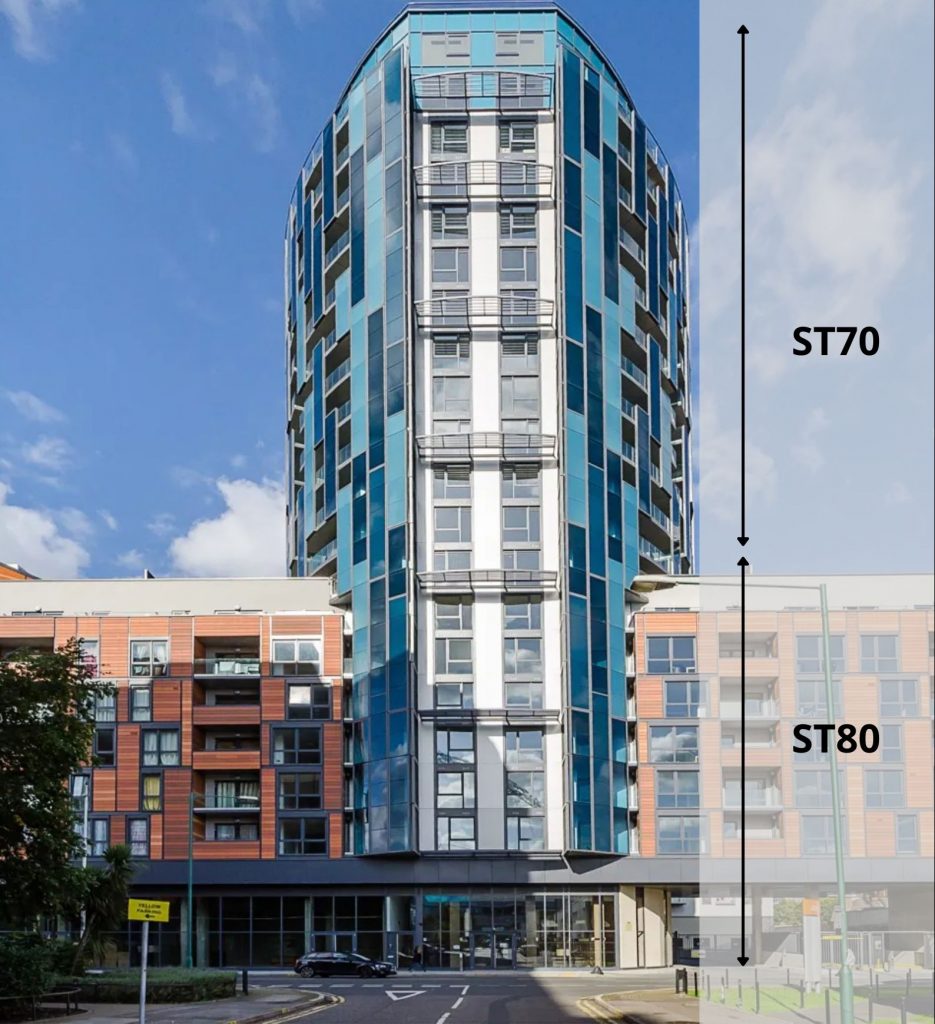Acoustic Performance of Windows & Curtain Wall Systems
- Home
- Uncategorised
- Acoustic Performance of Windows & Curtain Wall Systems
The importance of sound attenuation in windows and curtain wall systems is more prevalent now than ever before. With the huge increase in urbanisation in busy cities and districts, Architects and Designers are looking to minimize noise pollution.
Acoustics are extremely important when constructing multi-level residential developments, offices, educational buildings, hospitality and healthcare facilities such as hospitals and nursing homes. It can earn up to four credits with BREEAM through the HEA 05 acoustic performance. This ensures the building’s acoustic performance, including sound insulation meets the appropriate standards.
The location of buildings is also a huge factor to take into consideration. If the building is near main streets, sports stadiums, train stations or airports, the noise pollution will significantly increase.

What affects the acoustic performance of windows & curtain wall systems?
Glazing is the biggest factor. Double glazing can substantially reduce the noise pollution from the external environment of the building. Laminated glass reduces the high-frequency noise considerably more than single pane double-glazed units. The polyvinyl butyral that laminates the two panes of glass together acts as a barrier against high-frequency noise pollution.
Double glazed units with varying glass thicknesses (10.4|20|8.4) will reduce noise pollution at high frequencies (a whistle or claxon). This, however, is not the case with low-frequency noise pollution. Glass units with the same glass thickness (8.4|20|8.4) reduce lower frequency (traffic) noise pollution more effectively.
The cavity in between both panes of glass is also an important factor when reducing external noise. The general rule is that thicker spacer bars or cavities are better. The spacer and sealant separating the two glass panes make a significant impact on noise reduction.
There is also a range of acoustic glass or noise control glass, specifically designed to reduce noise pollution.

At what stage should acoustics be considered?
The need to insulate the building envelope from exterior noise has become an important consideration in the selection of building products. The acoustic performance of windows and curtain wall systems should be included at the very beginning of the design process. A pre-completion acoustic test should also be conducted to ensure there is no delay to the opening of a new building.
Case Study: Olympic Way & Pinnacle Tower London
The high-end multi-level apartment development at Olympic Way and the adjoining Pinnacle Tower are located right beside Wembley Stadium in London.
The vibrant, busy streets surrounding Olympic Way, often transports thousands of fans to Wembley Stadium, bringing with it a huge amount of noise.
The biggest challenge faced by the architects was to discover an economical solution to block out the noise and improve the internal acoustics of the building.
Our highest-performing window system at the time, the ST80, was installed on the first eight stories with 42mm high-performance laminated glass units made up of 12.8/18/12.8, as they were closest to the busy streets of Wembley Way. For the remaining twelve stories when the acoustic requirements were not as demanding, our ST70 window system was installed with lesser performing double glazed units.
This cost-effective solution did not affect the aesthetic finish of the building as our window profiles have identical sightlines.

We would love to hear from you
For more information on the acoustic requirements of our windows, doors or facade systems, or to discuss an upcoming project, please get in touch with a member of our team below.

Download the APA App
Download our mobile app to access our brochures, manuals and product information by scanning the QR code below.

